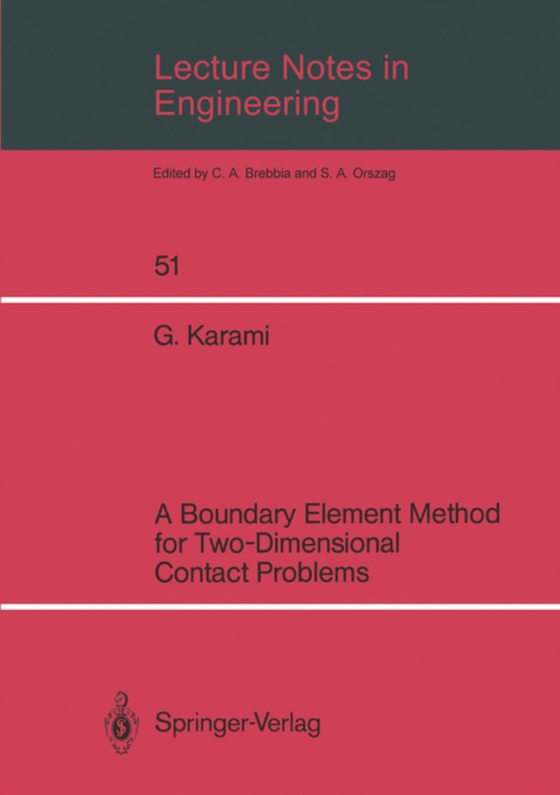
Lecture Notes in Engineering e-bog
1094,16 DKK
(ekskl. moms 875,33 DKK)
The Boundary Element Method (BEM) has been established as a powerful numerical tool for the analysis of continua in recent years. The method is based on an attempt to transfer the governing differential equations into integral equations over the boundary. Thus, the discretization scheme or the intro- duction of any approximations must be done over the boundary. This book presents a BEM for two-...
E-bog
1094,16 DKK
Forlag
Springer
Udgivet
6 december 2012
Genrer
Classical mechanics
Sprog
English
Format
pdf
Beskyttelse
LCP
ISBN
9783642838972
The Boundary Element Method (BEM) has been established as a powerful numerical tool for the analysis of continua in recent years. The method is based on an attempt to transfer the governing differential equations into integral equations over the boundary. Thus, the discretization scheme or the intro- duction of any approximations must be done over the boundary. This book presents a BEM for two-dimensional elastic, thermo- -elastic and body-force contact problems. The formulation is implemented for the general case of contact with various fric- tional conditions. The analysis is limited to linear elasto- statics and small strain theory. Following a review of the basic nature of contact problems, the analytical basis of the direct formulation of the BEM method is described. The numerical implementation employs three-noded isoparametric line elements for the representa- tion of the boundary of the bodies in contact. Opposite nodal points in equi-Iength element-pairs are defined on the two surfaces in the area which is expected to come into contact under an increasing load. The use of appropriate contact IV conditions enables the integral equations for the two bodies to be coupled together. To find the proper contact dimensions and the contact load a combined incremental and iterative approach is utilised. With this approach, the loads are applied progressively, and the sliding and adhering portion of the contact region is established for each load increment using an iterative procedure. A coulomb type of friction law is assumed.
 Dansk
Dansk

